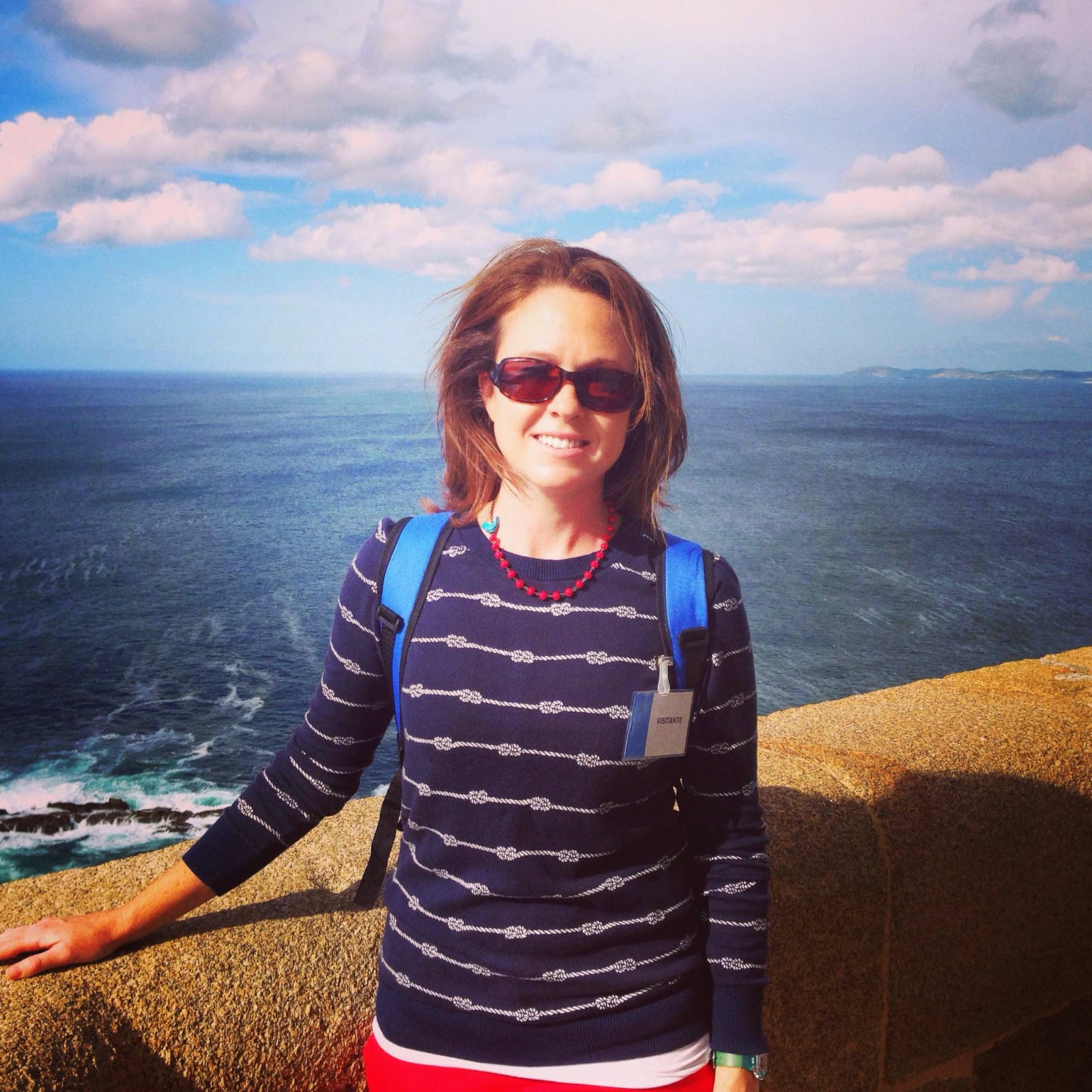Summer conference season has come and gone; poster tubes have been put back on the shelf and handy back up
thumb drives of .pptx files are tossed in a drawer. After months, or perhaps
years of full immersion in lab work, reading papers, and TAing classes, scientific
conferences provide momentary contact with real scientists doing real research-
much like meeting the actors you watch on TV. For a graduate student, attending a conference
is tantamount to a vacation. The light-heartedness of that statement in no way
detracts from the importance of meetings. Attendance is an investment in your
future as a scientist; it provides networking opportunities for future
employment or graduate school, a platform to share and discuss your research, motivation
and inspiration to complete your research, and a source for learning about
current research.
What conference to attend is
influenced by your advisor, financial ability, and application to your
research. Most of my colleagues attend the same three or four conferences a
year. However, due to recent experience (and the subject of this blog) I
encourage you to think outside the box when it comes to conferences.
I recently attended the Annual
Science Conference for the International Council of the Sea (ICES) in La
Coruna, Spain. The diversity of people (570 attendees from 35 countries) and
research (from ocean acidification to telemetry) made the meeting
unforgettable. A total of 17 theme sessions with 287 oral presentations and 105
posters provided fertile ground to explore areas of marine science I never
pursued in academia or industry.
Because I had no ‘roots’ in the
meeting- no committees to attend, no mandatory lab mates or advisor talks to go
to- I was free to explore a variety of sessions. I learned how ocean
acidification affects jellyfish, and the latest and greatest trends in
ecosystem-based analysis. In addition, I was free to explore the city and
stretch the cultural side of my brain that had been shrinking behind piles of
journal papers. I emerged from the meeting completely and totally refreshed,
imbibed with a sense of a global community of scientists, and motivated to
finish my graduate studies with a smile on my face.
The wonderful experience of
attending the ICES meeting happened (almost) by chance. Through a
twice-forwarded email, I read about a theme session to be held during the ICES
meeting that was inline with my research. Despite my interest in learning how
other countries were conducting acoustic telemetry projects, I was deterred by the
location. Fat chance work and/or school would cover those costs! However, on
the conference website I found travel funds available for young scientists that
would cover the entire cost of the trip. I was very thankful and lucky to
receive one of the travel grants.
The moral of the story is to remember
to grow yourself as a scientist and as a person while growing your brain in
graduate school. I highly encourage
anyone and everyone to attend the ICES meeting! Their student travel support
was phenomenal and the high caliber of science presented was eye opening. But
even if it’s not ICES, keep an open mind when considering what meetings to
attend. Resources abound to promote student participation in scientific societies;
it just takes a little investigation.
The 2015 annual sciences meeting of
ICES will be held in Copenhagen, Denmark. http://www.ices.dk/news-and-events/asc/ASC2015/Pages/ASC2015.aspx




I agree it is good to think outside of the box. I feel this advice not only pertains to the field you are in, but many others just as well. Sometimes we limit "new" discoveries by simply following the way things have always been done.
ReplyDelete